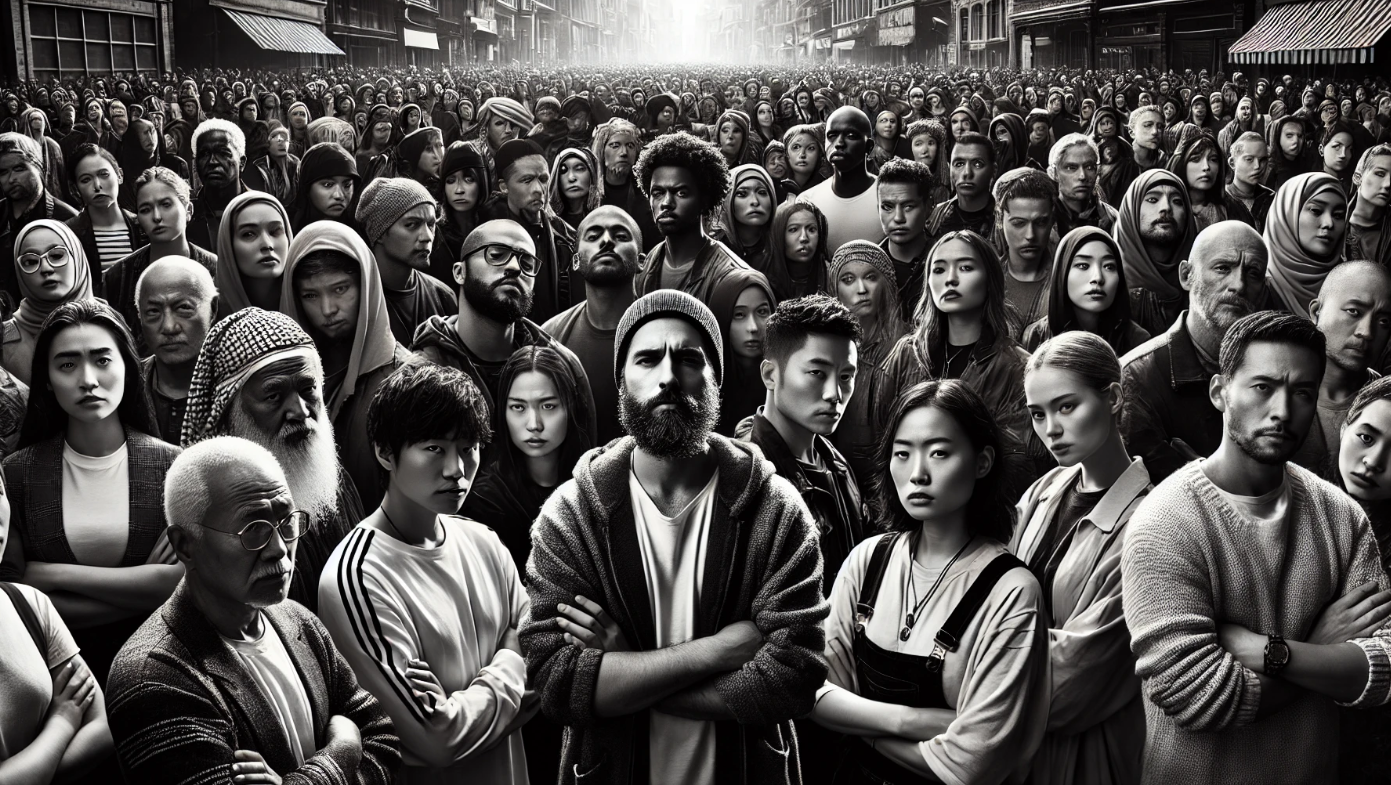Cold Civil War
The United States is currently experiencing a period of heightened political and social division that some have likened to a "cold civil war." While the situation has not escalated to armed conflict, there are concerning trends that reflect deep ideological rifts within American society.
The Nature of the Divide
The current divide in America is characterized by several key factors:
Partisan Polarization
The gap between Democratic and Republican policy positions has widened significantly in recent years. More Americans now consistently identify with the main policy positions of their party than in previous decades.
This has led to a shrinking overlap in political values between the two parties, with a larger share of Americans holding ideologically consistent views
Affective Polarization
Beyond policy disagreements, there is a growing emotional divide between partisans. In 2022, 62% of Republicans and 54% of Democrats reported having a very unfavorable view of the other party - higher percentages than just five years prior.
This emotional antipathy makes it increasingly difficult for people to engage in productive conversations across political lines.
Geographic and Cultural Divides
The split between urban and rural areas has become more pronounced, both in terms of voting patterns and cultural values. This urban-rural divide often aligns with the "red state-blue state" dynamic, creating distinct regional political identities.
Areas of Tension
Several contentious issues are at the forefront of this divide:
Abortion rights
Gun control
Voting laws
LGBTQ+ rights and gender issues
Immigration policy
Race relations and racial equality
Many of these debates follow similar geographic patterns, with more conservative positions often aligning with states that voted for Trump in 2020 and, in some cases, states that were part of the Confederacy during the Civil War.
What Has Not Escalated
Despite the alarming rhetoric, it's important to note that:
There is no widespread armed conflict or organized violence between political factions.
The country's democratic institutions, while strained, continue to function.
The majority of Americans still reject extreme measures like secession, with only about 23% supporting their state leaving the Union.
Fostering Better Relations
To bridge these divides and improve relations across political lines, consider the following approaches:Focus on Issues, Not PartiesInstead of fixating on party loyalty, concentrate on specific policies and their impacts. Engage in local politics where issues often take precedence over party affiliations.
Diversify Media Consumption
Break out of your media bubble by following news sources with different political perspectives. Use tools like AllSides to understand the political leanings of various outlets.
Practice Active ListeningMake an effort to understand opposing viewpoints before passing judgment. Develop skills for having productive discussions with those who have different perspectives or experiences.
Find Common Ground
Seek out collaborative projects in your community that bring together people from diverse backgrounds. Focus on shared goals and positive change rather than political differences.
Humanize the "Other Side"
Remember that political opponents are fellow Americans with their own valid concerns and experiences. Avoid demonizing those with different views
.Engage in Civic Education
Promote a better understanding of democratic processes, civic responsibilities, and the importance of compromise in governance.By taking these steps, individuals can contribute to reducing polarization and fostering a more cohesive national dialogue. While the divisions in America are significant, they are not insurmountable if citizens commit to understanding and engaging with their fellow Americans across political lines.

